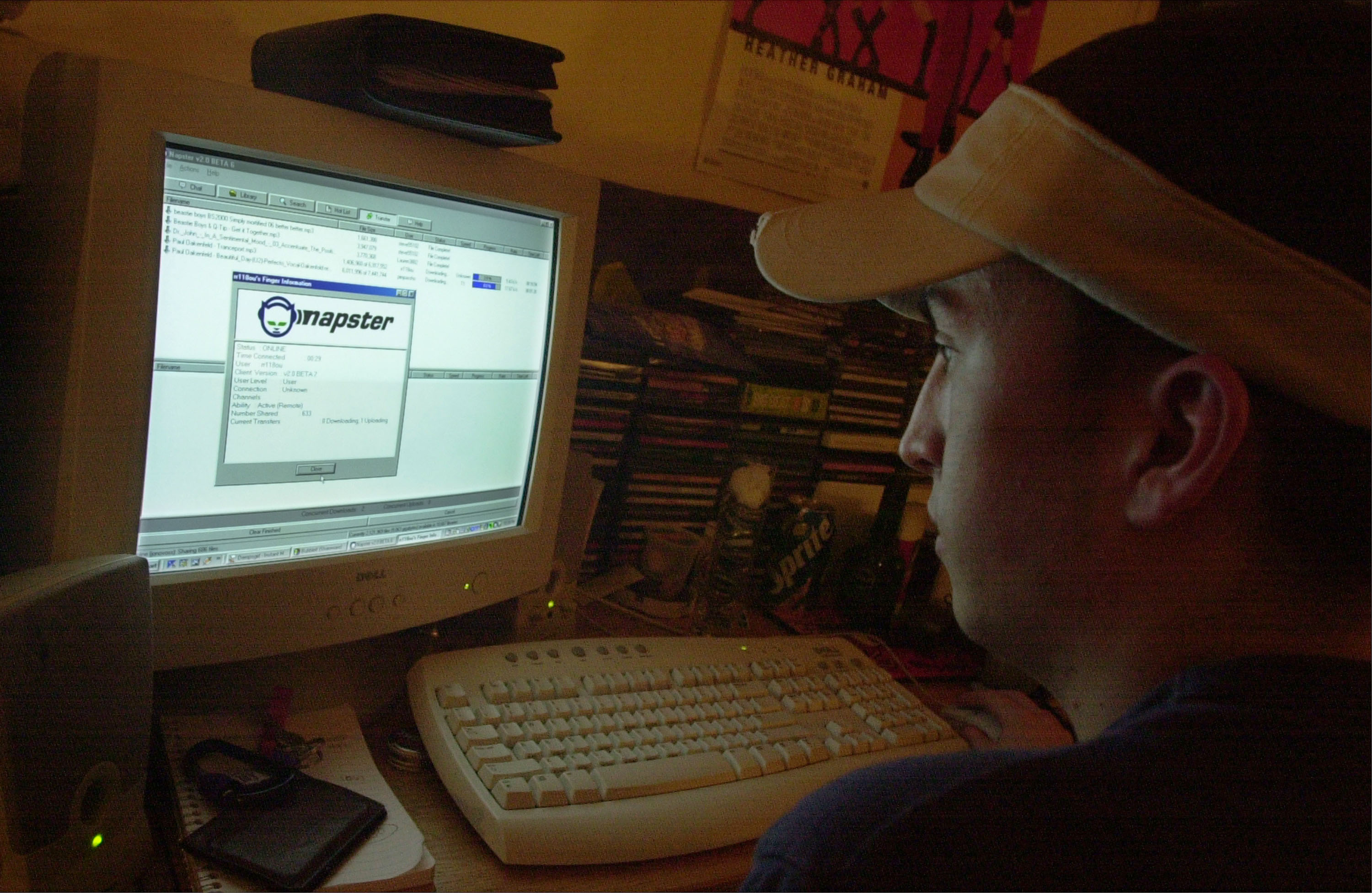The U.S. patent for MP3 audio was granted on this day in 1996 — laid the foundations for peer-to-peer music sharing, iTunes, and today's streaming services
The Fraunhofer Institut had been working on its lossy audio compression tech for phone line transmission since 1977.

On this day in 1996, a freshly inked U.S. patent quietly laid the cornerstone of the digital music revolution. In addition to facilitating this now vast internet-based entertainment business, the humble MP3 file format would propel broadband proliferation, usher in the iPod era, and arguably precipitate the iPhone and all the other touchscreen-slabs that remain indispensable gadgets to this day.
MPEG Audio Layer III (MP3) files were devised by scientists to greatly reduce the amount of data required to represent an audio file. Key personnel behind the invention of MP3 included: Bernhard Grill, Karlheinz Brandenburg, Thomas Sporer, Bernd Kurten, Ernst Eberlein, and Dieter Seitzer. Brandenburg is often credited as being the father of MP3, for leading this and similar research since 1977, but Seitzer (for example) brought expertise in transferring music over standard phone lines.
Central to this digital audio format’s success was its ability to shrink audio files by 75%-95%. It did this by using now familiar lossy media compression techniques. In other words, the MP3 audio codec discarded audio data to achieve significant file size reductions, with little perceptible difference in listening quality due to the perceptual limitations of human hearing. Depending on the target listening device, users could change compression bit rates, though audiophiles often insisted they could hear the difference between raw CD audio source data, or indeed, vinyl.
Work on the MP3 file format began in 1987, and a patent was awarded for the compression method in Germany in 1989. But it wouldn’t be until 1996 when U.S. Patent 5,579,430 was granted to Fraunhofer, securing the format in the home of leading global entertainment businesses, that MP3 started to gain traction. The inventors were primed to make lots of money from the internet boom that had started in earnest.
From Napster shockwaves to an industry accepted ‘1,000 songs in your pocket’
Unfortunately for Fraunhofer, its software was quickly ripped off and shared widely online. Once it was re-packaged into CD ripper and encoder apps, it was a cinch for music collectors to rip CDs into MP3s and share them with friends. Such activity began online via FTP servers, but in 1999, Napster was launched, changing the music industry forever.
Several tech moments converged to make this a perfect storm for the traditional music industry. WinAmp was released and ready to be your default MP3 player in 1998, the year before Napster arrived. At the same time, broadband was proliferating, which meant it could take seconds, instead of several minutes, to grab the latest number one hit single. Broadband became an accelerant for the physical music media inferno.
We also saw the first MP3 hardware player arrive in 1998. Diamond Multimedia’s Rio 100 launched in the U.S., and Saehan Information Systems' MPMAN became available in Korea. Both used solid-state Flash to store music.
Get Tom's Hardware's best news and in-depth reviews, straight to your inbox.
Apple would be instrumental in the legitimization of digital music. Its iTunes software launched in January 2001, with the first iPod hardware released within the same year. However, it would take until 2003 to put together the first groundbreaking partnerships with the music business in crisis. That is when the iTunes Music Store opened its doors with 200,000 digital music tracks at $0.99 each.
The MP3 file format patent expired in 2017, and is an old legacy codec, now largely a symbol of an iconic era in media and internet history. For the same purpose – digitizing physical music media – it has been usurped by modern alternatives like AAC and FLAC.
In 2025, music ripping, downloading, and sharing have taken a back seat to streaming services powered by superfast broadband and 4G/5G mobile connectivity. Ardent music enthusiasts and collectors still prefer their physical media, though, as was the case during the MP3 era.

Follow Tom's Hardware on Google News, or add us as a preferred source, to get our latest news, analysis, & reviews in your feeds.

Mark Tyson is a news editor at Tom's Hardware. He enjoys covering the full breadth of PC tech; from business and semiconductor design to products approaching the edge of reason.